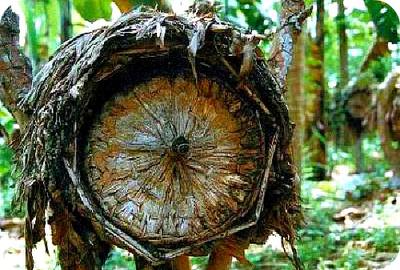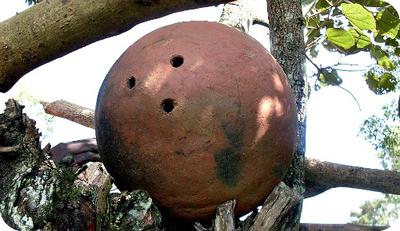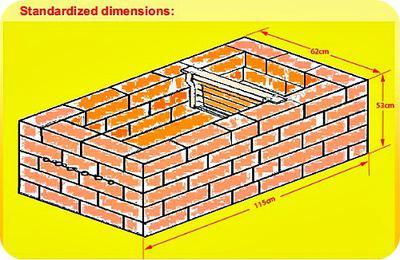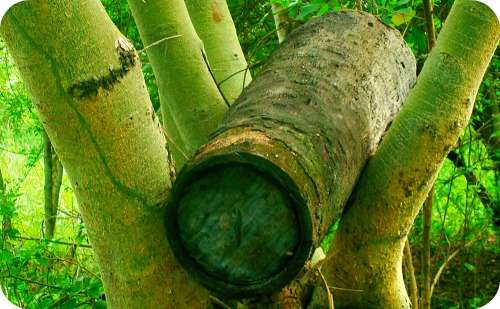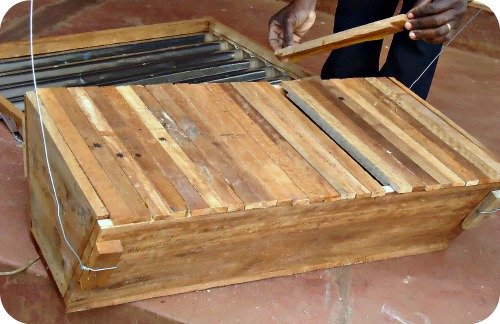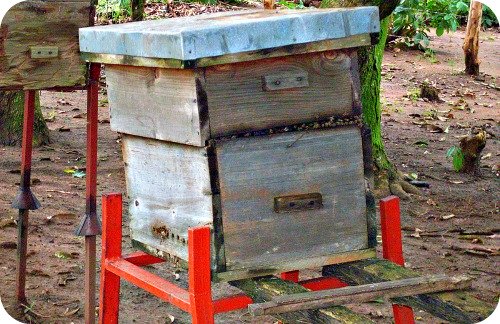BUY UGANDA VANILLA BEANS SOYBEAN OIL
How to choose the most appropriate beehive type in Uganda
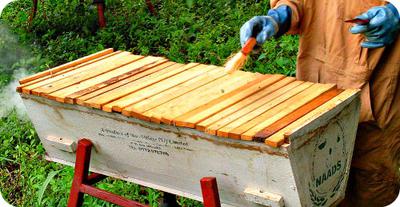
Kenya Top Bar Hive - KTB in Uganda
The best hive is one that is appropriate given the materials that are available, and the skills and financial resources of the beekeeper.
The simpler and cheaper a hive is to make, the more people will be able to take part in beekeeping.
An expensive system does not necessarily result in higher output.
To avoid unnecessary debt and dependence on external support, you should be able to make or buy cheap hives made from local materials.
This independence will give you the freedom to get started in beekeeping and expand your business.
Honey harvests are affected by the availability of forage for bees, the strength of the colony, and the size of the container used as a hive.
It is not simply the type of hive that determines how much honey your bees will store but the size also matters.
Features of an appropriate hive
Attractive for bees - dry, correct size, nice scent, easy to protect from pests and predators.
Suitable for the beekeeper - affordable, manageable, locally available, sustainable.
Fixed comb (local/traditional) hives
Fixed comb hives are containers made from whatever materials are locally available, such as grasses, logs,
bark, raffia palm, clay, etc. Bees build their nest inside the container, just as they would build in a naturally
occurring cavity. The bees attach the combs to the inside upper surface of the hive. The honeycombs need
to be cut off from this surface to be harvested and cannot then be replaced.
Fixed comb hives such as the hollowed out logs, bark hives, clay pots and woven grasses, etc are cheap
to construct, relatively easy to manage and suitable for defensive bees like in tropical Africa, including
Uganda. The main inputs are local knowledge and local materials, rather than external financial support
and donated equipment. Fixed comb hives, usually cylindrical in shape, have been used in Africa for
generations. A variety of different styles can be found across the continent, from hollowed-out logs and
bark formed into cylinders, to clay pots and woven grasses. Local methods have evolved over a long period
to suit local resources and indigenous bees. Honey bee brood diseases are not observed to cause problems
in fixed comb hives, probably because of the frequent movement of tropical honey bee colonies and their
rebuilding of combs, thereby the brood is reared in fresh combs, leaving no chance for the brood diseases
to persist and accumulate.
Fixed comb hives are a proven technology that have stood the test of time and can be highly profitable. The
replacement of fixed comb hives with other hive types should not be considered necessarily inevitable or
desirable. Cost-benefit analyses prove that fixed comb hives are more profitable than other hive types in
tropical Africa. Most honey harvested in tropical Africa today comes from fixed comb hives e.g. in the North
West Province of Zambia, beekeepers harvest high quality honey and beeswax from fixed comb and export
these products to the European Union.
Top bar (transitional) hives
Top-bar hives are boxes with a series of bars arranged side by side along the top. Bees are encouraged
to construct their combs from the undersides of these top-bars. Top-bars enable the beekeeper to lift
individual combs out of the hive for inspection. Combs containing unripe honey or brood can be replaced
and those containing ripe honey can be removed for harvest.
Harvesting honey and beeswax from top-bar hives is simple and can be achieved without damage to the
colony. Top-bar hives are particularly suitable for beginner beekeepers because it is often easier to learn
how to manage and harvest from a top-bar hive than from a fixed comb hive. Installed at waist height and
kept close to home, top-bar hives are often popular with women. All the equipment needed for top-bar hive
beekeeping can be bought or made locally. Top-bar hives are often introduced by projects keen to promote
new and seemingly modern ideas, yet they function well only if the beekeeper understands the bees, the
benefits and limitations. Poor use of top-bar hives can lead to disappointment and abandonment.
Frame hives
Frame hive is a box with movable frames. This type of hive is appropriate in tropical Africa but is expensive to buy and maintain, machinery is required to extract the honey. Beeswax yields from frame hives are low compared to fixed comb hives.
Click Here to Buy/Sell Hive products and Beekeeping Equipment.
If you haven't yet found what you were looking for or you need detailed information about the subject matter on this page then... feel free to ask our business travel consultants. |
